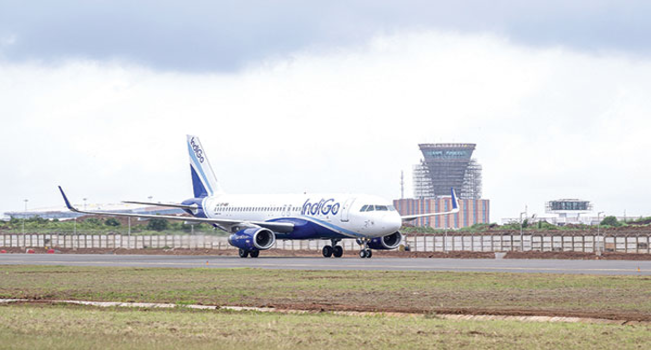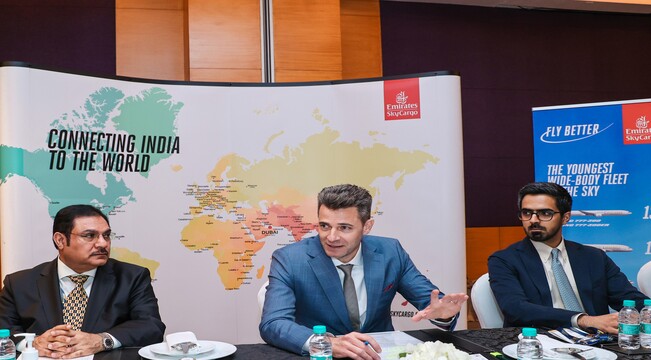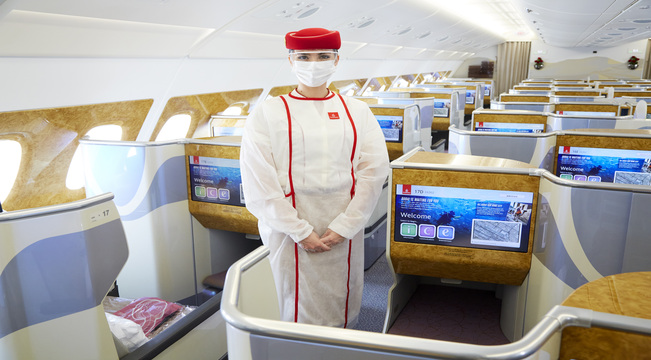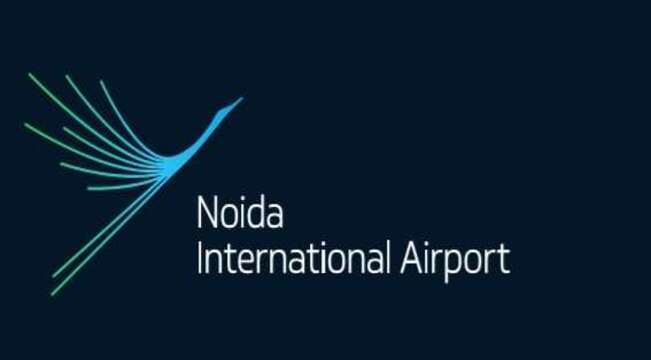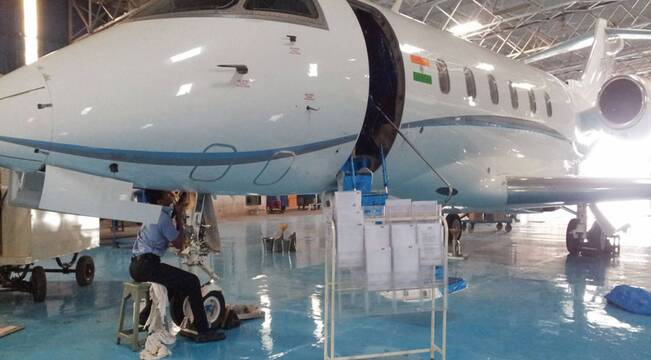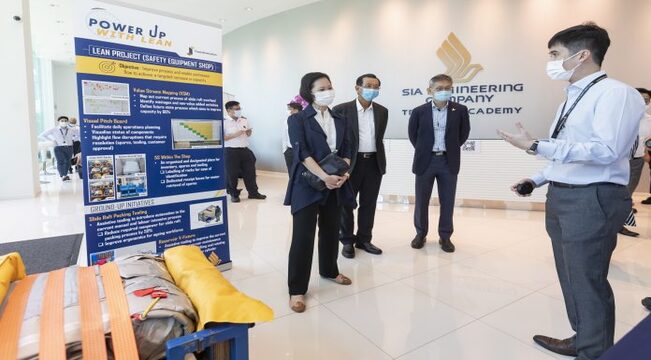New Delhi, June 17, 2020: Civil Aviation Minister Hardeep Singh Puri said on Tuesday (June 16) that the government will “commence the process of resuming international passenger flights from India” next month, if the novel coronavirus behaved in a predictable manner, and all stakeholders came on board with the plan. This process will include assessment of health safety level in various countries in addition to pitching India’s position, so other countries would accept travellers from India, he said.
But the way we fly could be altered, at least over the conceivable future.
The 9/11 terror attacks in the United States brought in sweeping changes to aviation security, and consequently changed an air traveller’s experience — among the new normals that followed, for example, were the limits on carrying liquid more than 100 ml, blocking access to visitors outside the airport, and locking the cockpit for the entire duration of a flight.
The Covid-19 crisis, of which the aviation sector has been one of the biggest victims in terms of business impact, could have a similar impact on passenger experience.
Airlines and regulators are bringing in measures such as protective gowns for middle-seat passengers, mandatory temperature checks at airports, going through disinfection booths, minimal touch points, as the industry tries to land on its feet after the upheaval. And several experts believe that while these measures could in part be knee-jerk measures to cajole the traveller who airlines feel has developed a fear of flying, they could in fact stay on, at least until a vaccine is made available to the vast majority of the world’s people according to the reports published in indianexpress.com.
Is flying a threat to health safety?
The spread of earliest known global pandemics such as the Black Death in the 14th century and the Spanish Flu in the early 20th century has been attributed to overseas travel. While the Black Death was said to be carried across the globe by merchant ships, the global outbreak of Spanish Flu was powered by increased travel and modern transportation systems, as well as troop movements during World War I.
The first time air travel was blamed for the spread of disease was between 2002 and 2004 at the time of the SARS outbreak in China and southeast Asia.
In end-May, the US Centers for Disease Control and Prevention (CDC) had said in its Covid-19 guidelines: “…social distancing is difficult on crowded flights, and you may have to sit near others (within 6 feet), sometimes for hours. This may increase your risk for exposure to the virus that causes COVID-19.”
However, the CDC had also noted that “most viruses and other germs” did not spread easily on flights because of how air circulates and is filtered on airplanes. Airlines and aircraft manufacturers have repeatedly highlighted the use of HEPA filters and the manner of air circulation inside an aircraft to suggest that the virus cannot transmit during a flight as long as passengers are mindful of dangers and act responsibly.
Even so, stakeholders, especially governments will be wary of opening up air travel completely until such time as the curve is flattened. According to a Reuters report, New Zealand, which was on a 24-day streak of no new coronavirus infections, recorded two new cases — both of whom flew in from the UK via Doha and Brisbane on June 7. A report by the Associated Press said that on Wednesday (June 17), more than 60% of commercial flights out of Beijing were cancelled as the Chinese capital raised the alert level amid a new coronavirus outbreak. The city raised its threat level from 3 to 2, leading to the cancellation of classes and suspension of plans for opening up, and tightened the requirements for social distancing.









